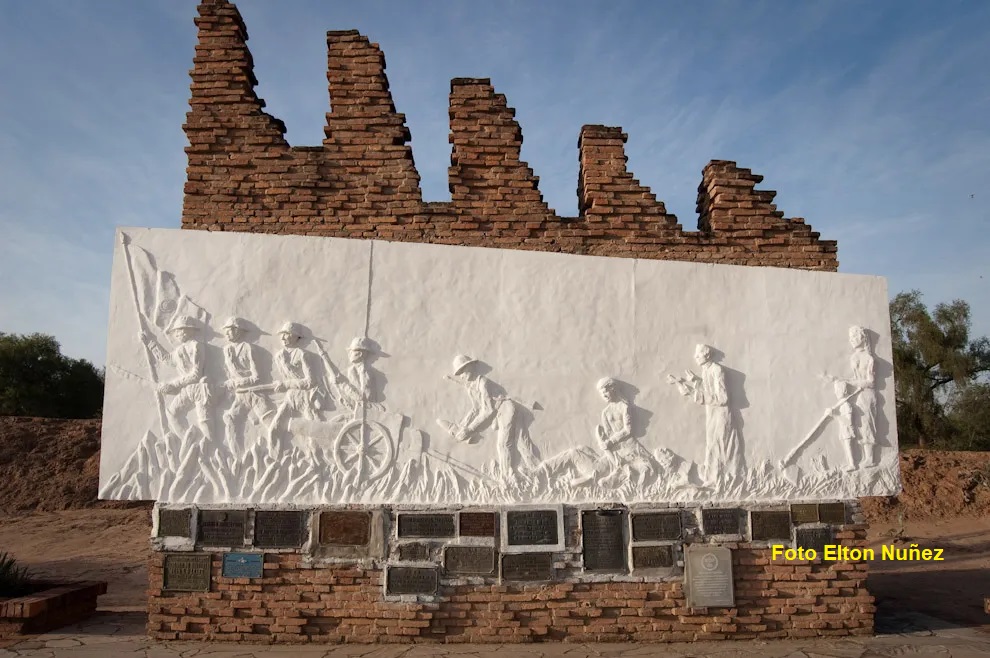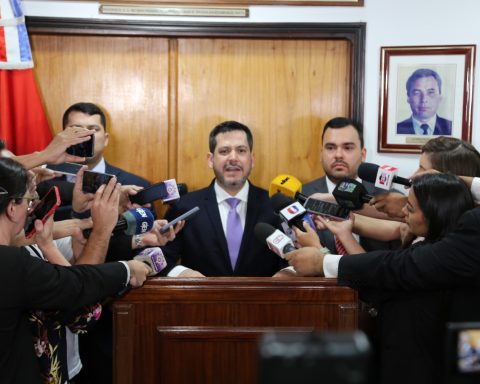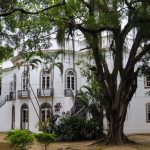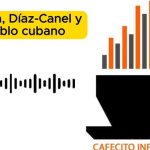Christian Nielsen
It is one thing to be told or read about the war and quite another to personally see where and how it was fought. This is a commitment that each Paraguayan acquires by simply being born in this land or acquiring nationality by vocation.
Three or four decades ago such a journey was impracticable for people who were not
willing to go through hardships, cold, heat, bad lodgings and get used to practically survival foods. Today everything has changed. The asphalt reaches many corners of the Chaco, there are first class hotels, lodgings in remote places, assured communication and enough logistics to schedule a trip even in the rainy season that previously made the territory impassable for entire weeks.
VISIONS OF A DRAMA
It is an enriching experience, especially for children and young people, to see battlefields, camps, weapons used in the conflict, trucks that are no longer seen except in museums, communication equipment inconceivable these days, monuments, cemeteries and allegorical sculptures.
The Chaco War, from which a century will soon separate us, was the bloodiest and most extensive American conflict, territorially speaking, of the 20th century. In a theater of war of almost 300,000 square kilometers, 370,000 combatants clashed for almost three years, leaving 30,000 Paraguayans and 60,000 Bolivians dead on the battlefields, in addition to an undetermined number of crippled and mutilated.
It was a war that was seen coming practically from the beginning of the 20th century. And contrary to what might be supposed today, Paraguay had enough time and resources to equip itself while awaiting the start of hostilities.
WEAPONS CANDLE
The ancient medieval warriors had to spend the whole night guarding their war trappings -spear, sword and armor- if the next day they were going to be armed knights. I know it
called “arms candle”, perhaps because the wait was almost always spent in a chapel barely lit by candles.
Paraguay had its knights and its sail of arms. The period began in April 1927 with the “Schenoni mission” which went to Europe to order all kinds of weaponry, from bayonets to the latest model warships.
Today they are museum pieces, but in those days they were the most advanced European arsenals had to offer. The most difficult weapon to acquire -according to reports by Luis Riart and Arturo Bray- was the French rapid-firing Schneider cannon, which had gained prestige during World War I.
The Germans feared above all their “breakthrough” grenades mentioned by the writer Erich María Remarque in “All Quiet on the Front.” It was an ammunition specially designed against infantry because its explosion spread a cloud of deadly shards. Those grenades and dysentery would be the main causes of death in the trenches of the Great European War.
Schenoni ordered 32 of those artifacts. The Bolivians, instructed by a military man of German origin, knew what they were facing with those devilish “Paraguayan model” Schneider cannons.
RECTITUDE
The “Schenoni mission”, which filled the Paraguayan arsenals before the explosion of the
war in 1932, was not only distinguished by its effectiveness in choosing the appropriate weapons but also by the scrupulous care of the funds authorized to acquire them. The Government had created an account in the Bank of England on which purchase orders were issued.
Among the manufacturers and dealers of weapons of all time there is a custom to pay generous commissions to those who choose their products. The Paraguayan mission accepted them all to later deposit them in the same account, thus creating an extra fund with which other items not contemplated in the purchase plan for the army were acquired.
Two river vessels built at the Italian Cantieri Navale Odero shipyard in Genoa were also commissioned for the Navy according to the technical specifications of ship captain José Bozzano, a graduate in naval engineering from no less than the Massachusetts Institute of Technology, United States. In command of the War and Navy Arsenals, Bozzano manufactured all kinds of weapons and equipment, from the mythical grenade baptized “carumbe í” (little turtle) by soldiers on campaign to trucks to transport personnel, equipment and water.
HUMANS TO THE LIMIT
Touring the battlefields, seeing the photos of the Historical Museum of Fortín Boquerón or going through the “tuca tuca” -bunkers of sand and trunks- in which the soldiers took refuge when artillery shells rained down, is an unforgettable experience for those who wish to relive in the imagination that conflict in which thousands of human beings were pushed to the limit of physical and emotional resistance. Many could not stand it and succumbed, some physically and others mentally.
It was a collective experience that today’s Paraguay left us, a legacy that we do not always value in its true dimension.


















